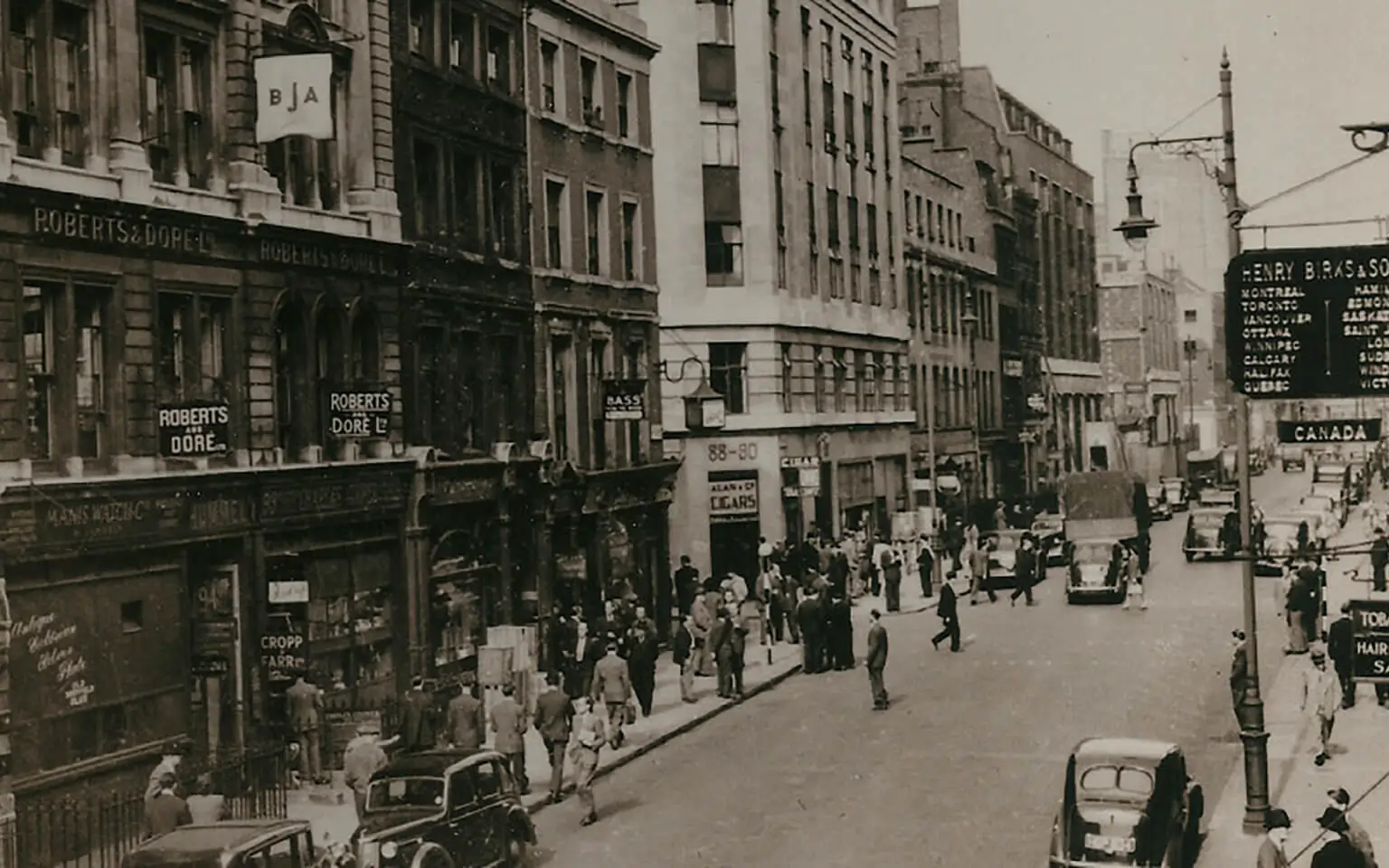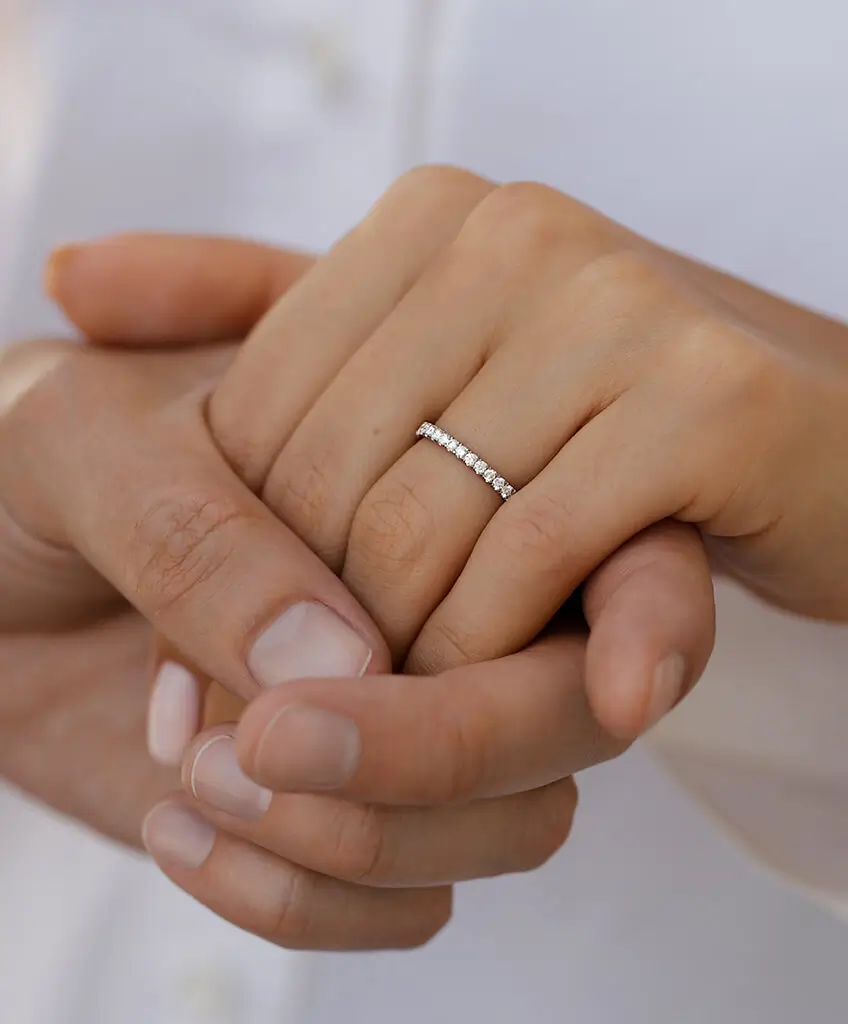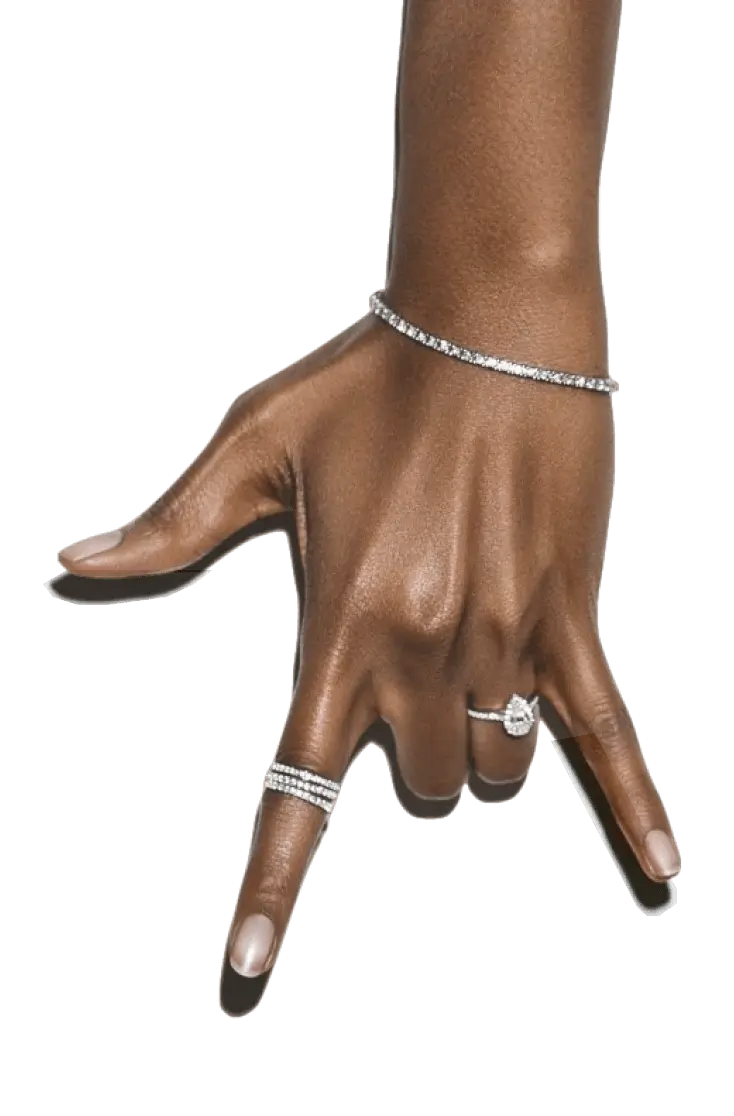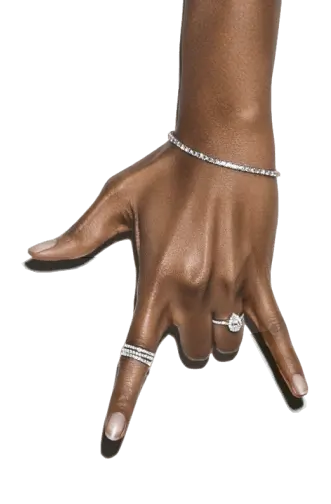If ever you’ve busied yourself hunting for a reputable jeweller, you’ve probably heard the name ‘Hatton Garden’ mentioned at least once or twice. Famed worldwide, Hatton Garden is located on the City of London’s western border and is the capital’s go-to destination for gemstones and jewels. But how did this quiet matrix of streets come to be a hub of such cultural significance? What makes Hatton Garden quite so special?
The home of british jewellery
The site we now know as Hatton Garden was once the Ely estate, an area of land owned by the aristocratic Hatton family. Prompted by the rapid growth of London’s population, the Hatton family began to build houses on their estate during the 1600s, lining a road initially named Hatton Street. Following the death of the last direct Hatton descendant in 1760, the estate was sold off and many new houses were built for wealthy merchants in a grid-like formation named Hatton Garden.
A custom that harks back to Medieval England, urban businesses and tradespeople would often cluster in particular neighbourhoods for the sake of easing production, trade and transportation. Before long, Hatton Garden was awash with esteemed jewellery experts and highly skilled craftspeople who had moved over from nearby Clerkenwell Green. Naturally, the presence of these jewellers then went on to attract wholesale dealers of diamonds and other gemstones.
Though many of London’s original trade districts have now been diluted by development and industry failure, Hatton Garden remains steadfast at the heart of London’s jewellery industry. Now home to over 70 jewellery shops and more than 300 jewellery-based businesses, from the Assay Office to manufacturing workshops and independent valuers, it’s globally recognised as London’s jewellery capital.
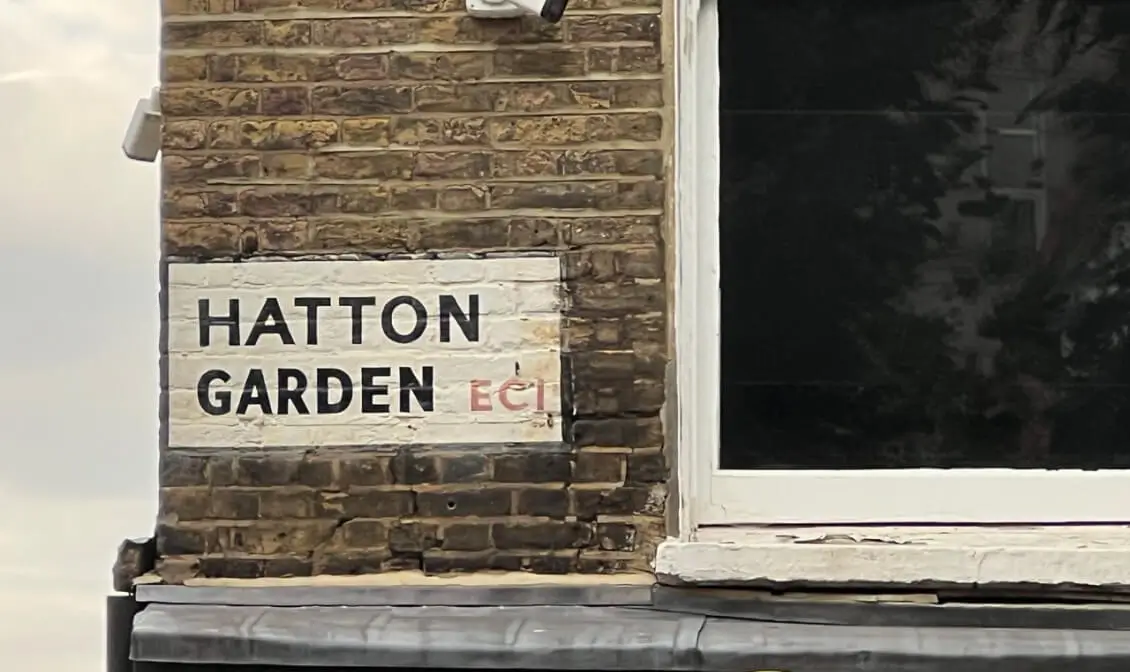
The creme de la creme
With its reputation for an extreme concentration of knowledge and skill — much of which has been passed on lovingly from one generation to the next in small, family-run workshops — it’s no wonder that people from far and wide to shop for their jewellery in Hatton Garden.
Underpinned by this network of specialist craftspeople, Hatton Garden is not just a place to shop for engagement rings, wedding bands and bespoke commissions, but is the primary source of many jewels that are then sold elsewhere. Many of the creations that sit twinkling in the windows of Bond Street, London’s home of luxury shopping, are crafted in Hatton Garden by jewellers like Budrevich. In fact, our workshop is regularly called upon to craft jewels for some of the most highly regarded jewellery houses in Europe.
The nucleus
For many famous British jewellery brands, Hatton Garden was the place where it all began. Once a 15-year-old apprentice helping to sweep floors and level out the occasional piece of metal, Laurence Graff OBE has travelled a long way from Hatton Garden in the 1950s. Now a household name enjoying a spot on the world stage, Graff is the brain behind over 50 eponymous boutiques worldwide.
Meanwhile, Jessica McCormack — jewellery designer to the stars — began her globally revered namesake venture as a small, appointment-only workshop in the Hatton Garden area.
Spend five minutes wandering the quiet, narrow streets of London’s jewellery quarter and this sparkling success rate will suddenly make a whole lot of sense. Steeped in history and saturated in expertise, Hatton Garden really does feel like a place where magic happens.


